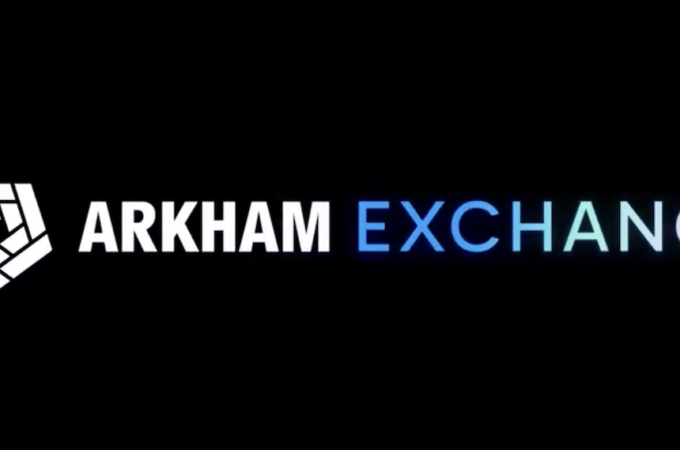
Open Banking Is a Reality for Some Commercial Banking Customers
via Accenture
Open Banking is now a major global initiative. European Union regulations including the second Payment Services Directive (PSD2) are pushing banks to provide access to account information and to make it possible for third-party suppliers of payment services to make direct connections with banks’ customer accounts.
Open Banking will transform commercial banking
In the UK, the Competition and Markets Authority (CMA) has pushed the nine largest private banks to form an Open Banking Implementation Entity. Similar initiatives are underway around the world; in North America, for example, the Canadian government is studying the possible implementation of Open Banking regulation, while the US Consumer Finance Protection Bureau is pushing banks to permit customer-authorised access to data. From Japan to Australia to South America, regulatory activities are underway and banks (typically in the form of industry consortia or trade associations) are mapping out the best way to respond.
In Open Banking, regulators see an impetus for greater competition and an opportunity to foster innovation and address consumers’ rights to own their own data. Some banks have sought to get ahead of the Open Banking curve, typically by seeking to develop application programming interfaces (APIs), which essentially allow different organisations’ computers to exchange information and provide the technical underpinning for Open Banking.
Open Banking more of a game changer for corporates & SMEs
In global media coverage of Open Banking, much of the emphasis has been on retail solutions in areas such as payment initiation, multi-bank account aggregation and the streamlining of the credit application process. However, Open Banking may have an even bigger impact on corporate and small-to-medium enterprise (SME) customers. This reflects not only banks’ response to regulators’ concerns, but the power of new capabilities supported by digital technologies such as cloud, blockchain and artificial intelligence (AI).
Major banks currently have new product offerings and/or active pilot programs under way in several areas including:
- Treasury and cash management:Banks are using APIs to provide corporate customers with direct access to bank accounts, allowing them to manage payments and account information from their treasury management systems or ERP systems.
- Instant payment/instant liquidity:Banks can help corporates manage liquidity in near-real time, with a comprehensive view of account activities. They are using AI to make preventive liquidity shifts, reducing the risk of shortages in different accounts and making more efficient use of surpluses.
- Accounting and bookkeeping: Banks are helping SMEs manage basic business activities, using a multi-channel solution as a sort of miniature ERP system. Using APIs, banks forge links with all the SMEs’ banks, allowing for the seamless exchange of data.
In developing and offering these new services under the umbrella of Open Banking, banks benefit from their often long-term, multi-layered and highly “sticky” relationships with corporate and SME customers. In addition, corporate and SME customers can see immediate, tangible results in terms of greater efficiency, better cash management and improved relationships with their own customers, as payment processes are simplified, and employees’ time can be spent strengthening customer relationships rather than handling transactions. It is worth keeping in mind, however, that Open Banking for commercial and SME customers is not yet mature enough to meet what these customers have told us they want, as our research has found. So, there is still work to be done.
I believe that Open Banking will transform commercial banking, but full transformation might take a while. It requires banks to develop a new framework based on agile delivery and operating models. In the meantime, banks are starting to deploy innovative technology usually associated with retail Open Banking for their commercial and SME customers. These concepts, technologies and platforms will, in time, form the foundation for commercial banks to deliver much more value to customers.
Find out more in our Open Banking SME Survey





